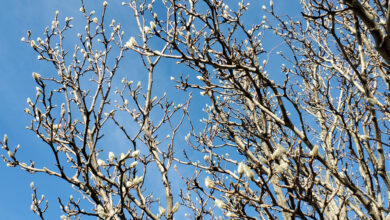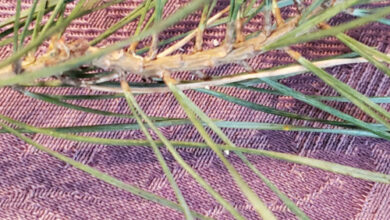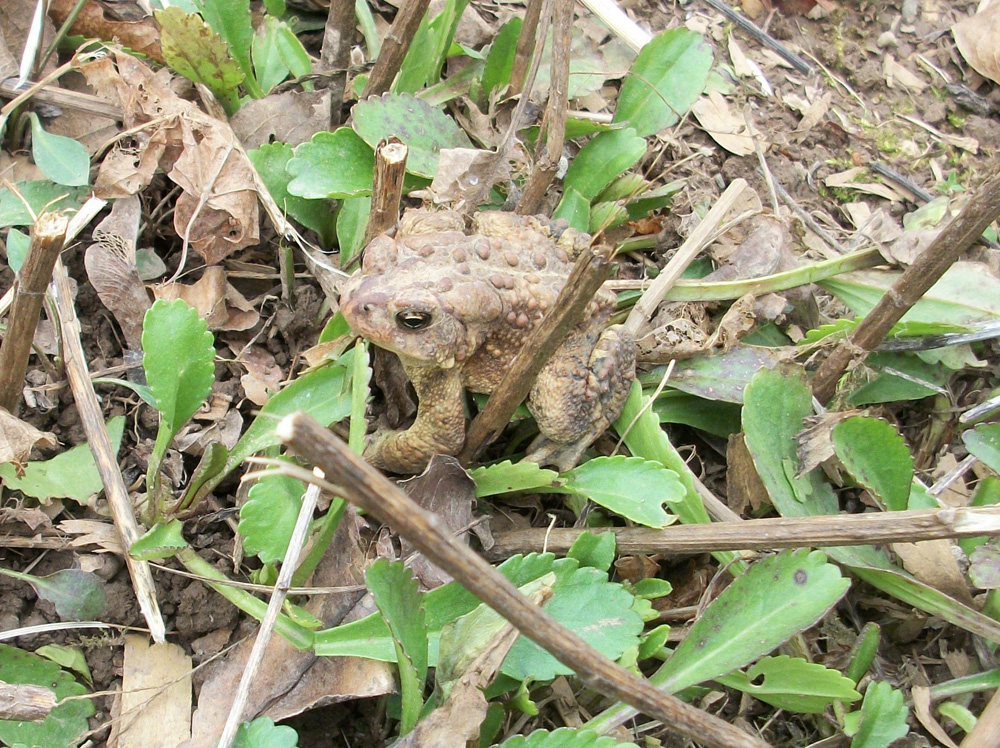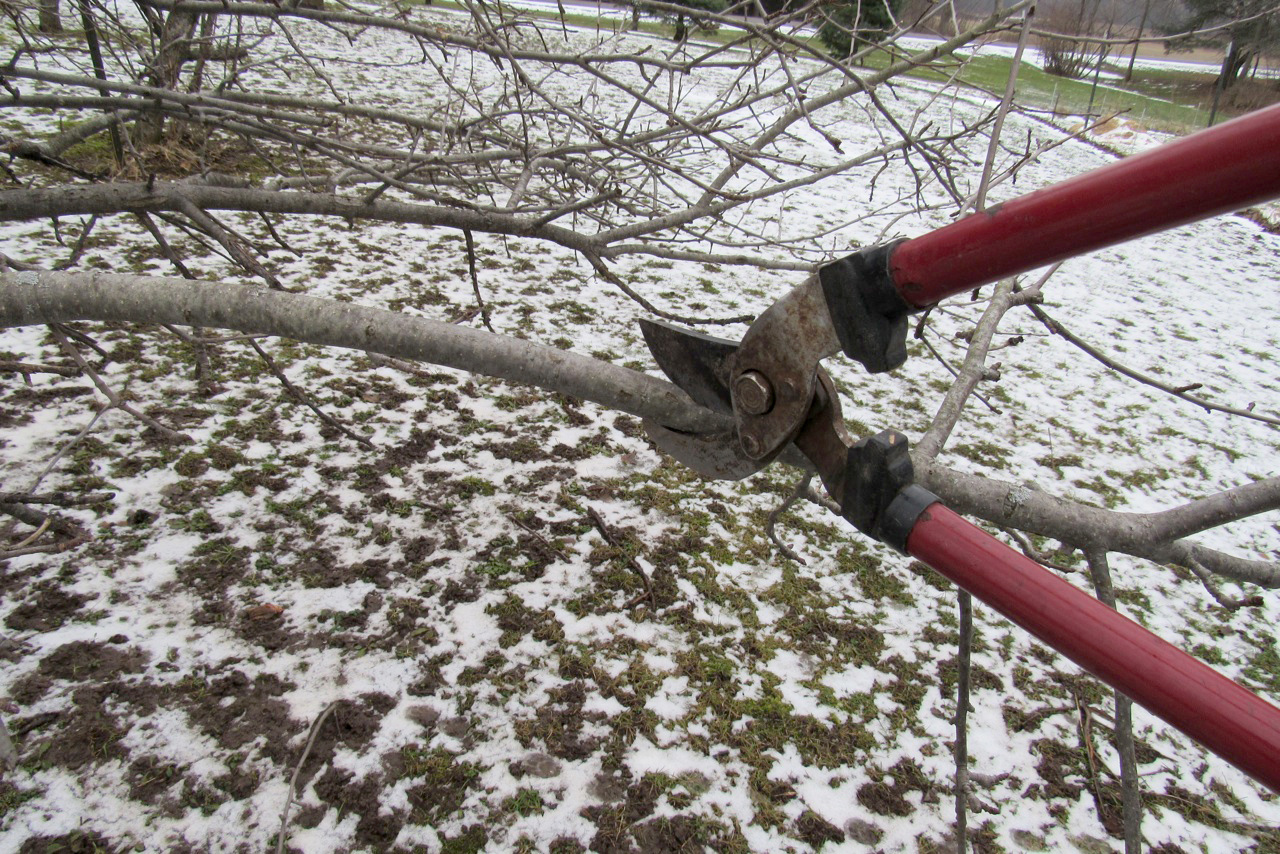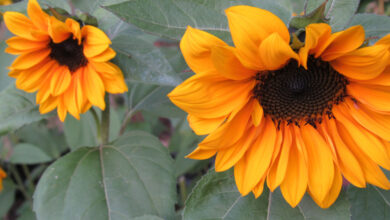Your October gardening checklist
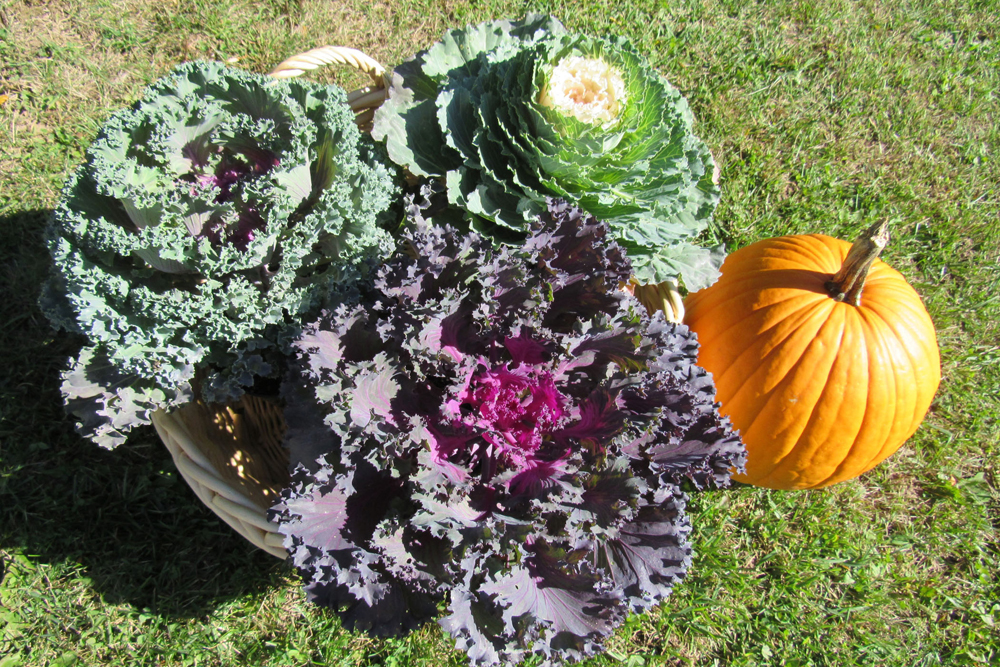
Autumn is in full swing and there’s still plenty of time to enjoy your garden. Many of the chores that can be difficult in the spring with wet and cold conditions are much easier to accomplish now. Those chores include garden clean-up, planning, planting and testing and enriching your soil.
As you chip away at your year-end gardening to do list, take time to assess your plantings. What plants are doing really well? What plants are not doing well and should be replaced? What new things would you like to try next year? Do perennials need dividing because they are over-crowded or have centers that have died-out? Are there signs of insect damage or disease?
Remember to remove diseased foliage and place in a plastic garbage bag. Cut back healthy perennials to a height of 3-6 inches to keep the garden looking neat and to promote growth next season. If you prefer, you can leave seed pods on some perennials for the birds and trim plants back later or even in the spring. Cut the stems just above a node – where a leaf is attached – as new growth will begin there. For shrubby perennials like lavender, remove one-third to one-half of the growth.
It’s getting a little past the time I like for dividing perennials, but you can still give it a try, especially if the weather looks favorable. Pick a cloudy day and cut back the foliage. Use a sharp spade to remove the plant and then separate it into smaller clumps, either by gently pulling roots apart; cutting them with a knife – for plants like daylilies and hostas which have clumping root systems; or even using an axe to divide ornamental grasses – chopping right through the crown. Replant the divisions and water and mulch well.
Keep on planting as long as the ground is not frozen. Late October into early November is the time to plant spring-blooming bulbs, and it’s also a perfect time to plant winter-hardy pansies which are available right now at garden centers.
The warm soil temperatures give their roots time to establish. They will bloom now and look even more lush next spring. I’m always amazed how well they come through the winter. Last year, some of my spring planted violas re-seeded and were spectacular this past spring.
Regarding your lawn, cool season grasses such as bluegrass, fescue, and ryegrass can be fertilized one more time through early November to give a boost for earlier spring green-up.
Don’t forget your garden soil. Amending it now with a 2-3 inch layer of compost or other organic amendment will help the soil increase it’s capacity to hold air, water and nutrients. This is a good job to tackle after you have cleared out dead and diseased plant material and the soil is exposed. Cultivate the organic material into the soil, except around shallow rooted plants like rhododendrons and Japanese maples, where it can be left on the surface.
Additionally, mulching by adding 2 to 3 inches of organic material as a “blanket” on the soil, can also be done now. The mulch will cushion the soil from pounding autumn and late winter rains and fosters root growth. Mulch is also beneficial for worms and helpful to microorganisms in your soil.
Lastly, this is a perfect time to test your soil. Any imbalances will have the winter to be corrected. If you wait until spring, you may not have the time you need for that correction before you are ready to plant.



